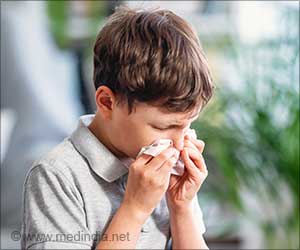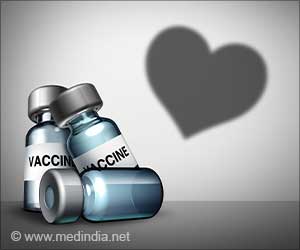
Impact of COVID-19 on Dental Education
The pandemic disrupted not only clinical care but also the research components of academic dental institutions. Halting research activities resulted in great time and financial loss. Essential knowledge about COVID-19 in dental care settings was provided for both dental practices and education. Since then, academic dental institutions have moved forward to re-establish in-person activities as the understanding of transmission and testing continues to improve.‘Involvement in clinical activities did not pose an additional risk of COVID-19 infection compared with other in-person activities in the presence of control measures in the dental clinic.’
Tweet it Now
Furthermore, Surveillance testing within institutions can be used as a tool for controlling the spread of COVID-19. In addition, surveillance testing enables early identification of individuals who may or may not be symptomatic and helps prevent the spread of disease via contact tracing and isolation.Although many academic institutions have implemented infection control and prevention protocols, including regular asymptomatic self-testing, in response to the COVID-19 pandemic, the outcomes of mandatory surveillance testing programs at academic dental institutions that offer direct patient-facing clinical care have not yet been reported.
To overcome this shortcoming, the Harvard School of Dental Medicine (HSDM) at Harvard University, MA, US, offers direct patient care within university-operated facilities, and used surveillance testing and contact tracing to safely reopen when in-person activities resumed in the fall of 2020.
Perspectives on Meeting the COVID-19 Testing Challenge in Dental School
The results of Harvard’s comprehensive, mandatory surveillance testing program by assessing HSDM positivity rates and the potential association of test positivity with individual-level characteristics (age, sex, and role), using de-identified data collected from 2020 through the beginning of 2022.Of the 390 study participants, 210 (53.8%) were women. Participants were grouped by age as follows: 20 to 29 years (190 [48.7%]), 30 to 39 years (88 [22.6%]), 40 to 49 years (44 [11.3%]), 50 to 59 years (42 [10.8%]), and 60 years or older (26 [6.7%]).
Test results demonstrated an overall 0.27% positivity rate (61 test-positive cases), with a peak weekly positivity rate of 5.12% in the first week of January 2022. When adjusting for all considered covariates, test positivity was significantly associated with testing frequency.
Advertisement
Advertisement















